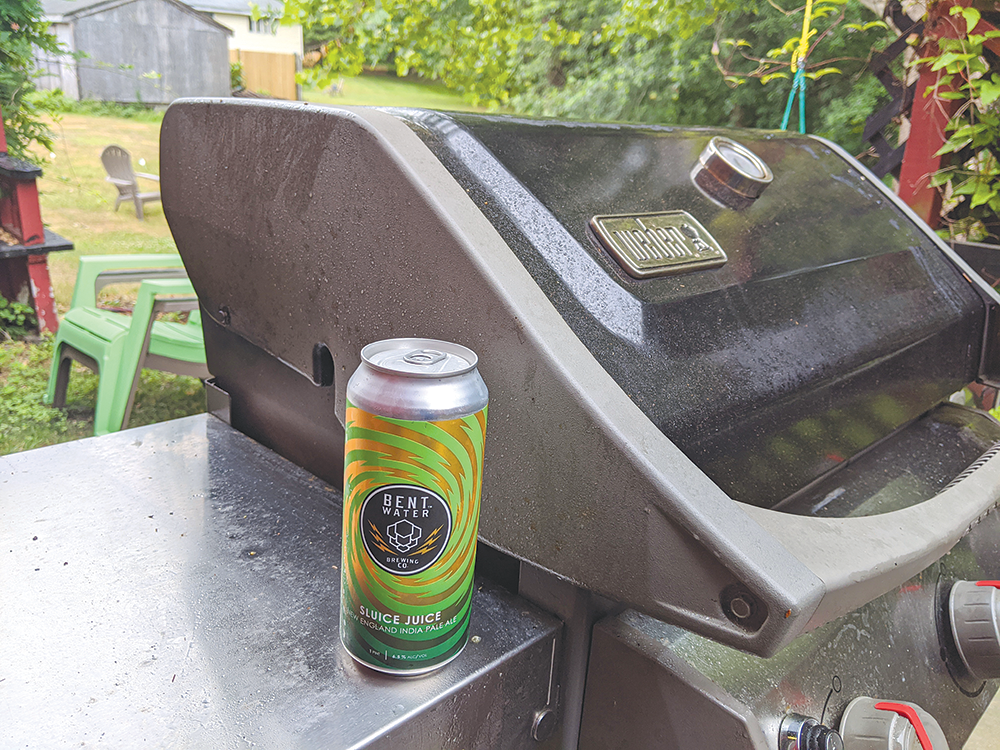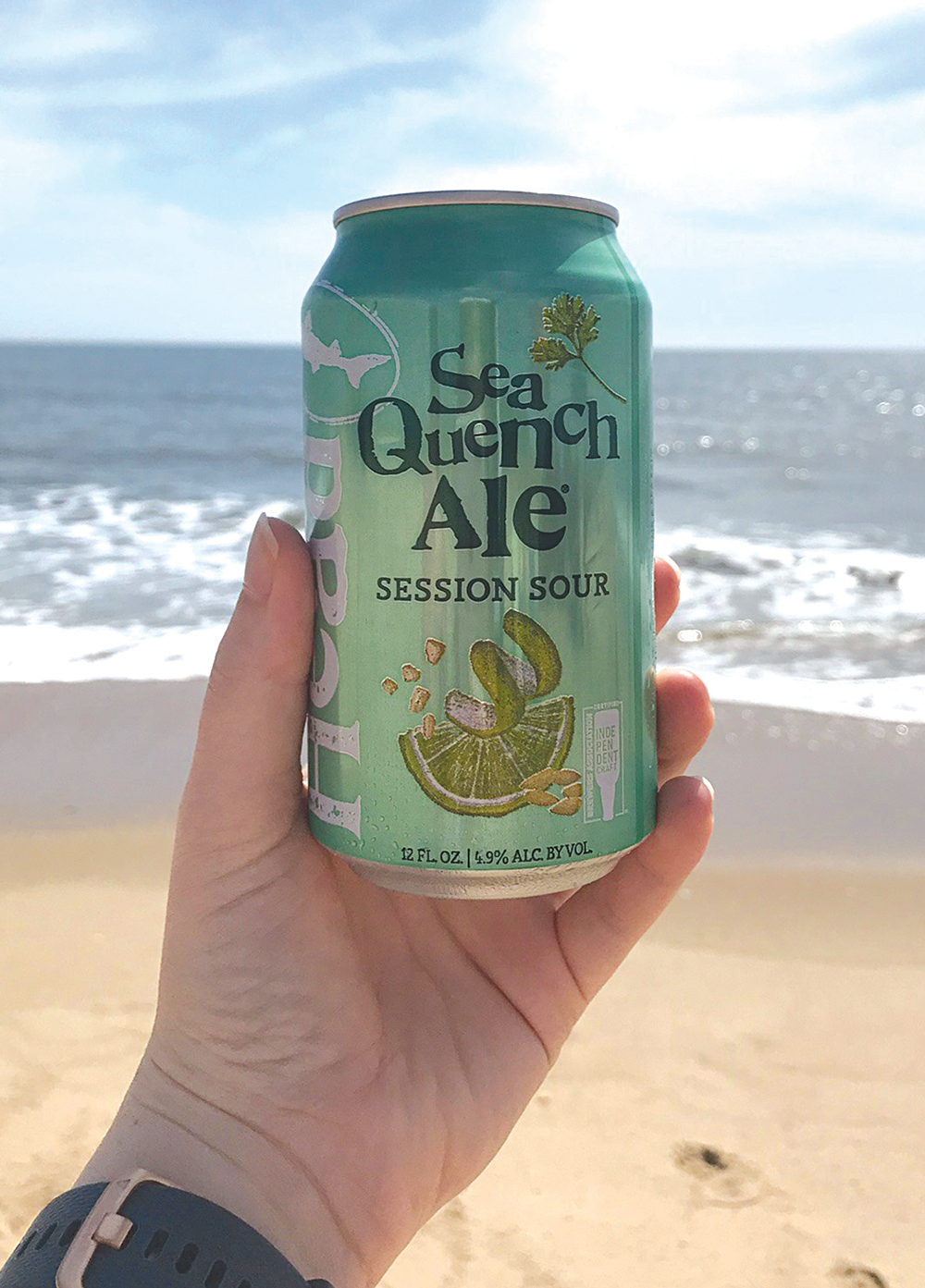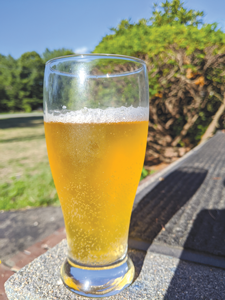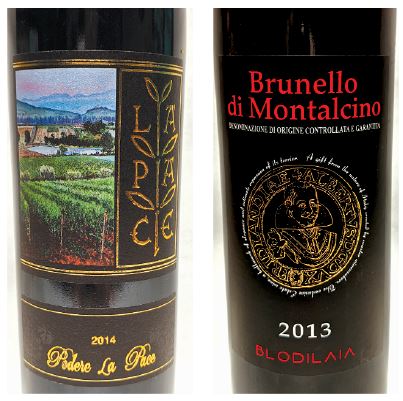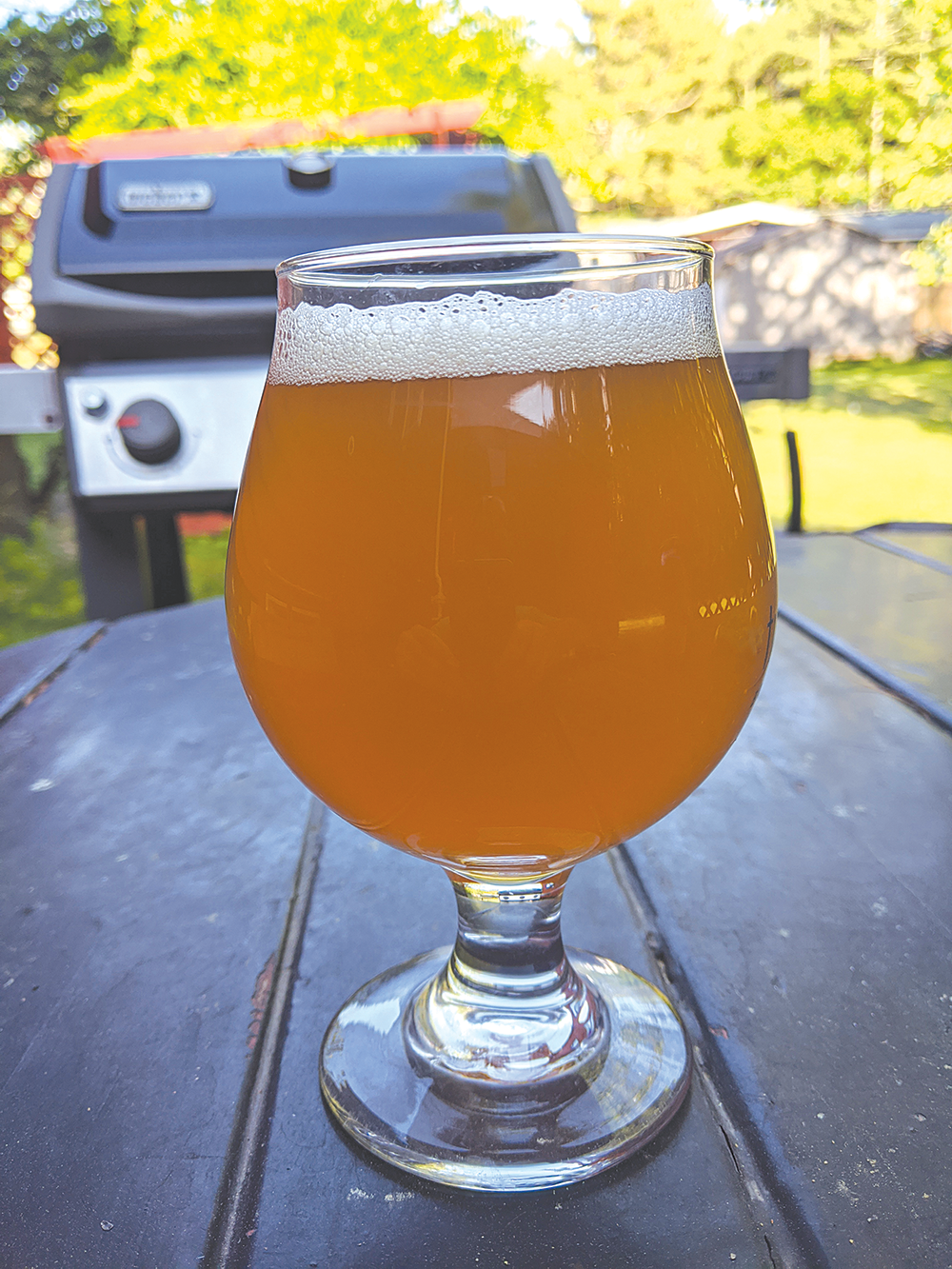Drink these beers now
When it comes to beer, sometimes you just need someone to steer the ship for you, a trustworthy friend who can serve as your guide when it comes to choosing a brew — because let’s be honest, there are just so many to choose from. Even if you can narrow down your style, that’s just the tip of the iceberg.
Look, I don’t mean to suggest you can’t make a decision for yourself, but you already have to make so many decisions each and every day. Should you shower before your first Zoom call of the day? Which shirt should you wear for that Zoom call? And, then, once the Zoom call starts, should you even keep your camera on?
It’s stressful.
Obviously, if you can navigate that battlefield, you can surely pick out a beer. But your brain might appreciate it if I do it for you just this once.
So here goes. Here are three beers I’ve had recently that I have thoroughly enjoyed and that I think you will too.
Rainbow Dome by Grimm Artisanal Ales (Brooklyn, N.Y.)
I don’t want to be too dramatic but this one kind of blew me away. Sours, as I’ve said many times, can be hit or miss for me personally, but this was a resounding hit. This is a dry-hopped sour ale “brewed with apricots and conditioned on oak,” and the result is a bright, fresh, tart, juicy sour ale that absolutely delighted my taste buds.
This brew, which pours pretty close to the color of an orange creamsicle, features a pronounced hop character, making this an excellent choice for the IPA lover who has thus far steered away from sour ales. There is some light oakiness and some lingering, pleasing bitterness. Just a wonderful brew for a hot summer day.
Your only problem might be tracking this one down. I found this one in a Craft Beer Cellar in Westford, Mass. Good luck in your quest.
Baby Seal Pool Party IPA by Shebeen Brewing Co. (Wolcott, Conn.)
The label features baby seals enjoying a pool party with a puffin serving as lifeguard — absolutely zero chance I wasn’t giving this one a shot. And I’m glad I did.
Shebeen dubs itself “Connecticut’s only Irish brewery,” and, hey, that may be true but by my count only one of the 20 beers listed on their website was in any way Irish, but who cares? Not me. Literally all of their beers sound amazing with very creative labels and names, such as “Puffin Puffin Pass” and “Alpaca Blanca.”
Baby Seal Pool Party is a New England-style IPA brewed with lactose, which might sound a little scary, but really, the resulting brew is hazy, juicy, and also kind of sweet and creamy, and that’s kind of the point of the lactose. You get the big citrus hop character you’d expect, alongside an extra sweet and juicy package.
Is my stomach still trying to digest the lactose nearly two weeks later? Yes. But was it worth it? Yes.
Mountain Time Premium Lager by New Belgium Brewing Co. (Fort Collins, Colo.)
It’s just a beer — a crisp, refreshing, flavorful beer that makes your taste buds say thank you as you drink it way too fast on a hot day. But seriously, this was light and refreshing but also really satisfying and when I say that, I mean it has a lot of flavor. It has more sweetness than you normally get from a Pilsner but it’s still in that same light, bright package you expect.
I would want a few of these by my side when I’m sitting at the beach.
What’s in My Fridge
Citra Brau by Jack’s Abby Craft Lagers. (Framingham, Mass.) Nice and hoppy but extremely light, this is just an excellent all-around, anytime brew that you will probably want to keep a steady supply of. Cheers!

